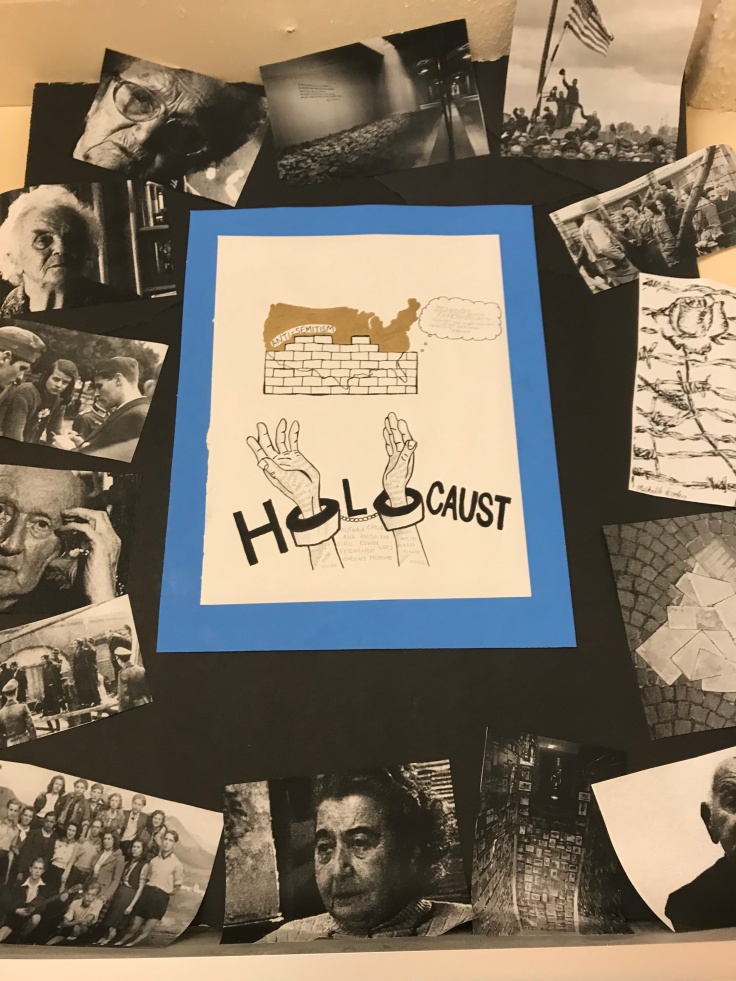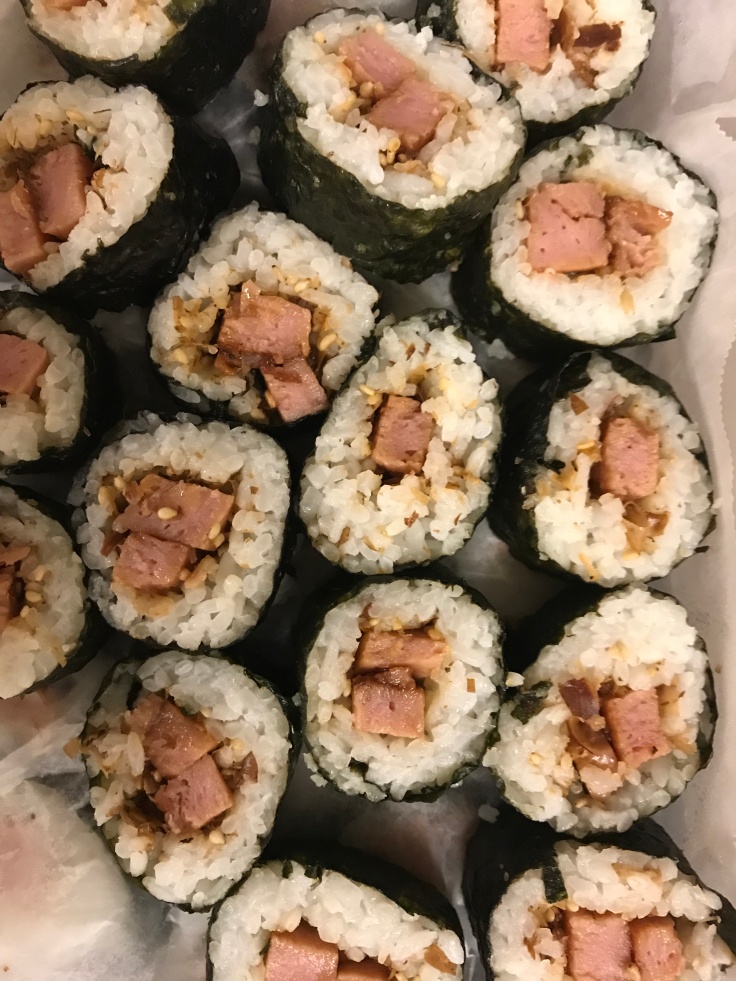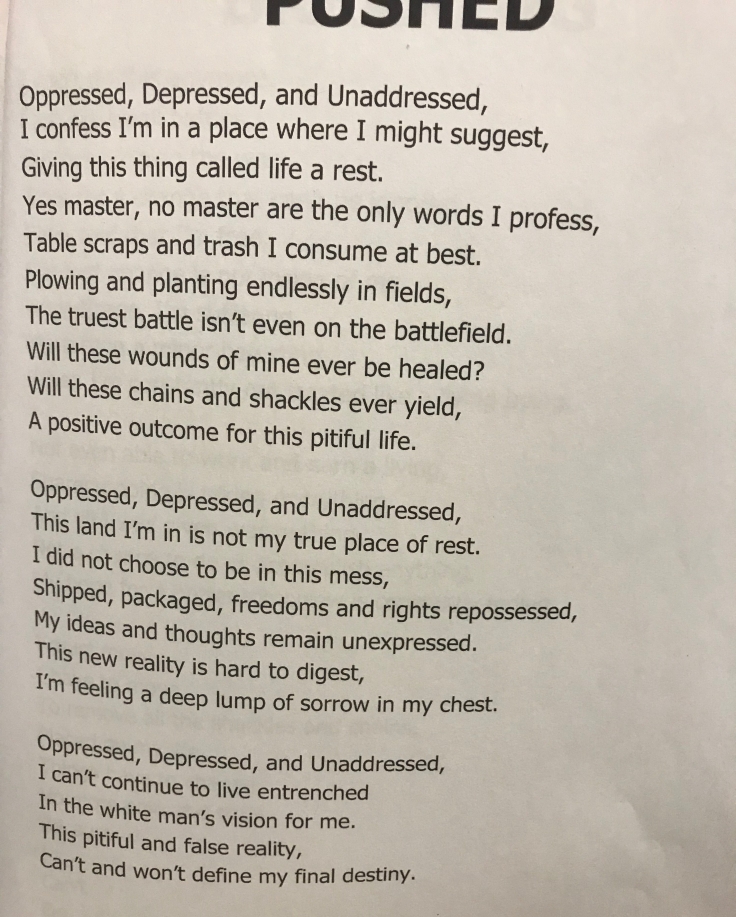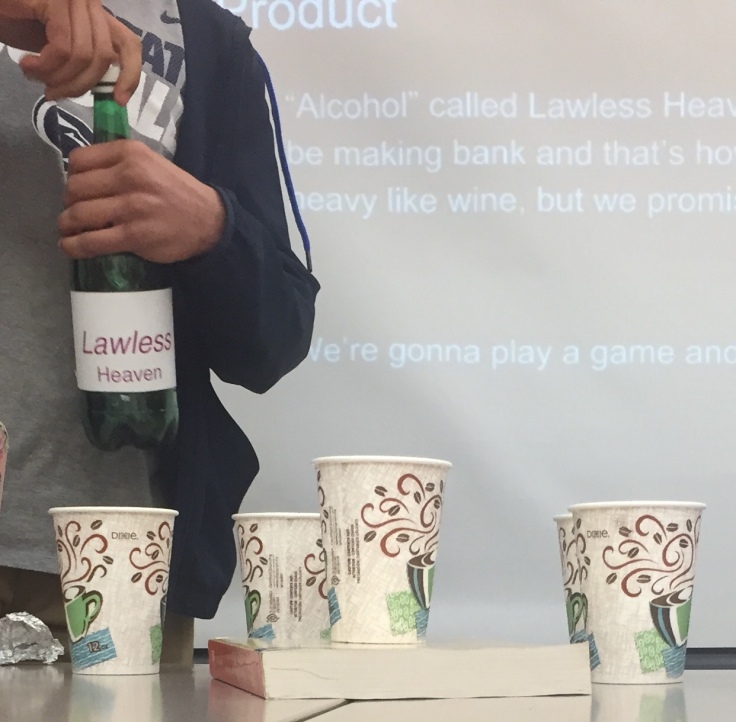Payton’s presentation was entitled Holocaust, her driving question was focused on how resistance groups throughout Germany compared to American effort during the war. Something interesting included the children who had participated in The White Rose movement. The White Rose movement was mostly known for the anonymous leaflet campaign, where 9,000 copies of the leaflets had been distributed throughout Germany, calling to rebel against Nazi Germany.. The movement had been led by a group of students and their professor. The group started in June of 1942, but then ended with the arrest of the core group in February of 1943. While Resistance groups such as the White Rose movement prospered throughout Nazi Germany, America had had a positive impact on the holocaust by saving thousands of lives, however, America had had an opportunity to not let the numbers of death rise and continue on. Interestingly, children ages 11 through 17 were forced to partake in German Youth Groups. Yet, many rebelled by listening to American music and growing their hair long. We learned that 90% of children throughout Germany had enrolled within the groups by the 1930s. Unfortunately, due to the rebellious actions, 13 children were publicly hung. Connecting it back to the classroom, while just being presented to the unit of World War II, it will be interesting to hear what types of other movements and rebellious actions people took part of throughout Nazi Germany, especially how children took part!

For the product Payton created an art piece with powerful images of the war. She has successfully depicted the aspects of life during the Holocaust by using arts and photography as her medium,










